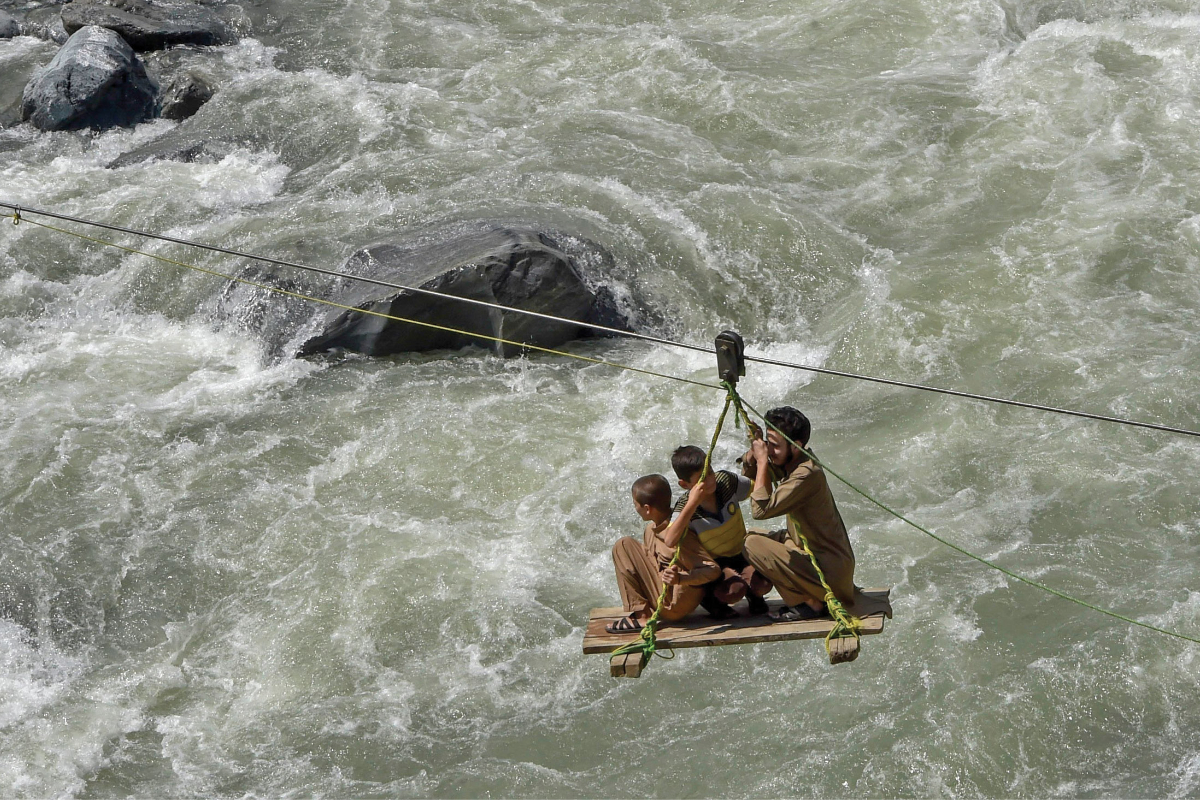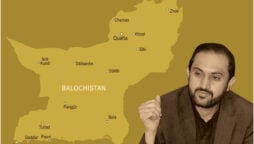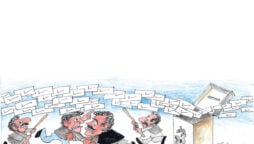
Melting Glaciers and Flood Outbursts
The country might have to brace for more frequent, stronger floods
Most of the country is submerged in floodwaters due to the unprecedented monsoon downpour in the last week of August. Worryingly, climate change experts believe that Pakistan will have to brace for more frequent and stronger floods in the future, and monsoon rains will not be the only factor behind them. They claim that Glacial Lake Outburst Floods (GLOF) could also play a major part in causing destructions in at least the high-altitude areas of Pakistan’s north, namely Gilgit-Baltistan and Chitral.
Climate and water expert Dr Asif Khan stated that the high depletion rate of glaciers due to several reasons is resulting in the rapid melting of snow and ice in the Himalayas, Karakorum and Hindukush regions, also referred to as the HKH region or more commonly the Third Pole since it contains third largest deposits of snow and ice outside the North and South Poles.
“According to different sources, there are 7,000 to 15,000 glaciers in the HKH region. However, an estimated 15,000 cubic kilometres of clean water is stored in the glaciers in Pakistan. The high depletion rate in the Himalayas and Karakorum regions results in faster melting of the ice while the depletion in the Karakorum is slow. In some places, the mass is showing a positive gain, which means the quantity of ice and snow is increasing there,” Dr Asif informed Bol News.
Different researchers believe that the glaciers in Pakistan’s north can sustain and provide clean drinking water for three to four decades. However, the country risks facing a sharp decline afterwards, forcing acute water scarcity for its fast-growing population.
The melting of glaciers causes the creation of moraines and glacial lakes. These glacial lakes often store millions of cusecs of water inside ice walls which in some cases are not strong enough to hold for long. Pakistan’s north has over 500 glacial lakes of different sizes. At least 52 of these lakes have been marked as extremely dangerous, which are at risk of breaking continuously at unusually high temperatures and precipitation.
“If the temperature keeps rising and precipitation continues to change like this, these lakes can outburst. Higher temperatures result in faster melting of snow and glaciers. Similarly, unusually more rains in a short span of time increase the water inside these lakes which increases pressure on the fragile ice walls of the glacial lakes and chances of glacial lakes outbursts increases once the water goes over the top of such lakes,” Dr Asif Khan opined.
In an event of a glacial lake outburst, gigantic waves of water are generated within seconds that rush downstream and destroy anything in their path. Although nothing is spared, the worst affected are often the small villages, crops and orchids and mini and micro hydel power schemes that are constructed near flood channels and nullahs in the areas downriver the glaciers.
Researcher Tanveer Akhtar, hailing from Danin Lasht, Lower Chitral conducted research in his master’s programme titled ‘Contextual vulnerability of the communities in relationship with GLOF’. He told Bol News that there were at least 18 potentially risky glacial lakes in Chitral, including two out of the 53 glacial lakes in his research area of Izghore village in Golain Valley, Lower Chitral.
“We have several glacial lakes in Pakistan which are at risk of out bursting and could cause heavy losses to human lives, destroy the ecological system and infrastructure. The government and various NGOs are monitoring these lakes. However, serious efforts on mitigating the effects of climate change are needed to minimise the losses in the future,” Akhtar explained.
He added that constant monitoring of glaciers is important to keep a track of the water in these lakes to predict the outburst. However, he deplored the lack of proper research while installing Early Warning Systems, which can provide communities with just enough time to move out of harm’s way in the occurrence of a GLOF event or flash flood.
“Respondents during my research mostly maintained that the government’s response to GLOF is inefficient. For example, some respondents talked about the early warning system at Rohri glacier. The warning system, costing millions was washed away with the first wave before it could alert the people downstream. The EWS was not installed at the proper place and there was no proper feasibility done before the installation,” said Akhtar.
The researcher urged the government to be proactive rather than reactive. “They should plan before any incident takes place, which can enable the government to fight the challenges with limited resources. While the reactive approach forces the government to spend limitless amounts on controlling the damages due to outbursts,” he added.
The climate change experts are stressing the need for adopting modern, climate change-compatible technologies while monitoring the glaciers. “We need to have the Early Warning System or the new Very Early Warning System, utilising satellite images instrumentation and telemetry system to monitor glacial lakes. Applying such modern techniques will allow us some extent of protection against glacial lake outburst floods as urgent measures could be taken to reduce the impact of the outbursts,” Dr Asif Khan specified, adding: “One way of saving the infrastructure is by properly modelling and hydraulically designing Glacial Lake Outburst flood effects.”
Giving the example of Peru in South America, Akhtar expressed that the government monitors the risky glaciers and then tasks two institutions consisting of glaciologists and engineers to visit those risky glaciers. “After examining the glaciers and finding the thickness of the outer shell, these engineers inject pipes in glaciers with thick outer shells to drain out all the stored water, effectively ending any risks due to outbursts. Similarly, artificial walls are constructed around glaciers with thinner or weaker outer shells, making them strong enough to sustain the water in case of outburst and thus communities are protected,” he told Bol News.
Speaking about another reason behind the rapid melting of glaciers, Dr Kashif Saeed, PhD in Development Studies from the Norwegian University of Life Sciences in Norway informed that extraordinary deforestation is rapidly reducing the important forest cover that helps in keeping the temperature cool near the glaciers by taking in Carbon Dioxide.
“Besides extensive use of fossil fuels, deforestation is contributing to the rapid melting of glaciers. We need to work on increasing the forest cover urgently to slow down the melting of glaciers. Similarly, decreasing the emission of Chlorofluorocarbons (CFC) and greenhouses gasses is also important,” Dr Saeed said.
Furthermore, extensive cattle and sheep/goat herding in the mountains is also contributing to the increase in temperature as the animals degrade the soil by eating green patches and bushes. “Cattle grazing the grass cover from the mountains is one issue, their dung is another as it produces methane gas that contributes at least 15 per cent to the melting of glaciers,” he said.
Catch all the National Nerve News, Breaking News Event and Latest News Updates on The BOL News
Download The BOL News App to get the Daily News Update & Live News.












 Read the complete story text.
Read the complete story text. Listen to audio of the story.
Listen to audio of the story.